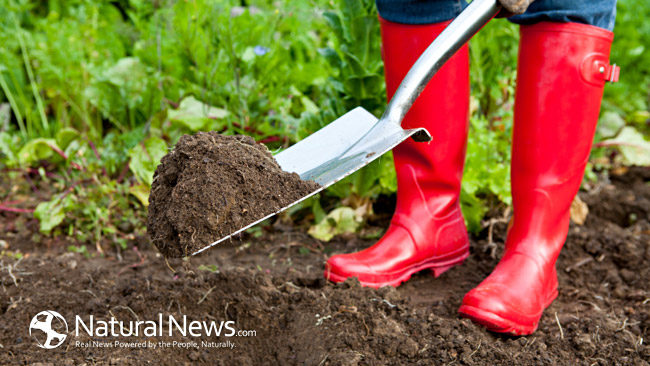By Andy Cannella
As a professional vegetable gardener I find it indispensable in maintaining an organic, sustainable, thriving garden.
In a recent post I described the type of composting most people are familiar with, a big pile in the backyard made up of green and brown materials that must be turned weekly.
However, sometimes finding the greens and browns necessary isn’t easy, and they can take time to accumulate in sufficient quantities to get the backyard compost pile going.
But the one thing you almost certainly have a constant supply of are kitchen scraps. So this time I going to tell you about vermicomposting. Vermicomposting uses worms, red worms, specifically Eisenia fetida, and they love kitchen scraps.
These worms thrive in confinement, process large amounts of organic material, and reproduce quickly, and best of all, they do the work for you.
Red worms differ from earthworms, or nightcrawlers, in that they are not soil dwelling. Their natural habitat is the thick layer of leaf litter and other organic material found on forest floors. They move horizontally through this material in the top 12 or so inches. Conversely, nightcrawlers burrow through the earth vertically to depths of 6 feet or more.
Red worms do best in a dark, moist environment of moderate temperatures (55º to 85º). However, my worms have survived temperatures from 28˚ to 100˚. The only other thing they need is food. Fruit, vegetables, coffee and paper coffee filters, loose tea and tea bags can all be added to the worm bin, but add items like onions, garlic, hot peppers and citrus sparingly. Never put any fat, meat or bones into the worm bin. Red worms consume half their body weight in kitchen scraps per day. So 1 pound of worms can go through approximately 3½ pounds per week.
Red worms reproduce prodigiously. Given favorable conditions, mature red worms produce 2 to 3 cocoons (egg cases) per week. In about 3 weeks those cocoons hatch out 3 to 5 worms, and those baby worms are able to start reproducing in just 4 to 6 weeks. 1 pound of worms can double or triple in a very short time.
The worms are kept in bins that provide the worms with their ideal environment they need. These bins can be quite elaborate, but I find the simpler the better. Kitchen scraps are placed into the bin and the worms go to work. They eat the kitchen scraps, turning them into worm castings. And that’s what you’re after, the worm castings. They are rich in minerals and nutrients, and have beneficial microbes that aid in suppressing plant diseases.
Another product of the worm bin is the leachate that accumulates in a catch basin. This leachate is diluted with water to make worm tea. I use the tea as a foliar spray in all my garden accounts and the vegetables love it. If you would like more information on starting your own worm bin, visit my website or contact me directly.
Girasole Backyard Gardens is owned and operated by Andy Cannella. He is a Certified Master Gardener through UC Davis Cooperative Extension program and a Certified Master Composter through the County of Riverside. To learn more about how Andy can affordably install and maintain an organic garden in your backyard call (951) 491-5529 or visit his website GirasoleBackyardenGardens.com.





